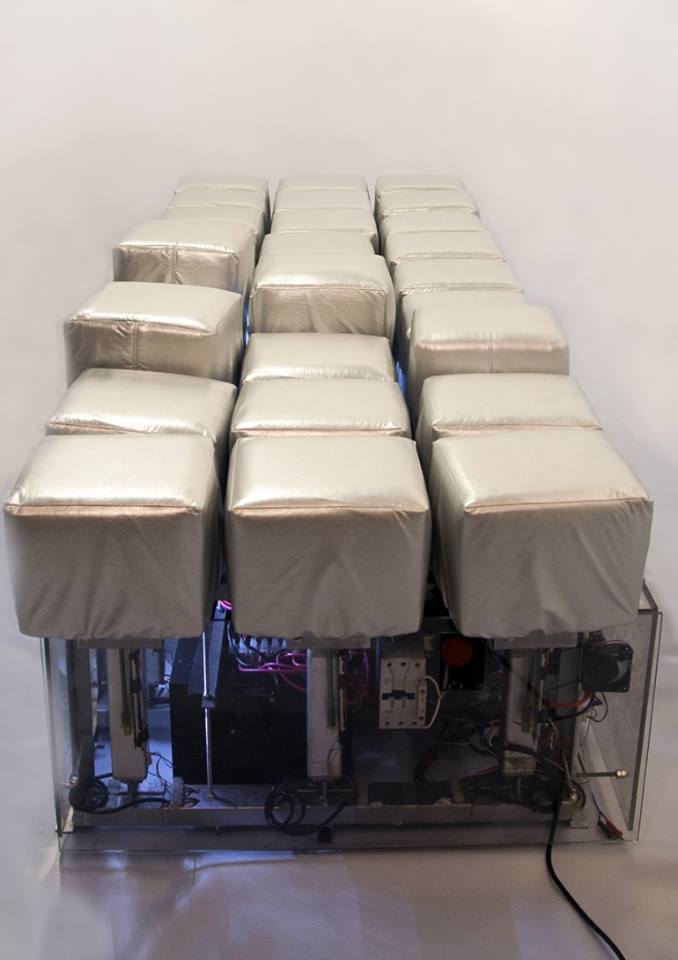
vivian xu
ELECTRIC SKIN
The Electric Skin explores the possibility of creating a wearable that extends the functionality of the skin to sense electromagnetic fields (mostly within the radio spectrum) and translate that information into touch sensation. The wearable consists of two main functional parts: 1) A matrix of omnidirectional antennas that act as sensors and probes and 2) corresponding electrodes that stimulate the skin of the wearer. Through this artificial “skin” or “exoskeleton”, the wearable changes our experience, perception, and understanding of space and movement, and in doing so, our interactions. The project speculates on the possible co-evolution of man and technology and draws attention to the role of environmental influence on our own bodily development and behavior.


